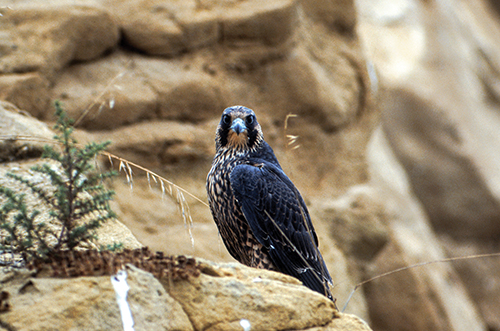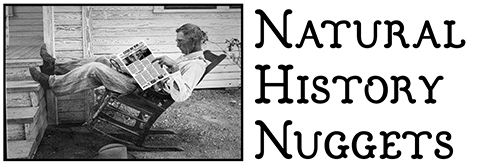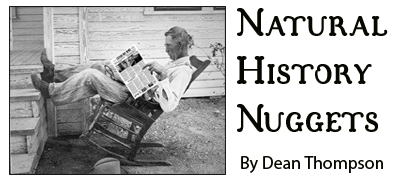A young peregrine falcon surveys her domain above the Pacific. Photo by Staci Thompson.
By Dean Thompson

A young peregrine falcon surveys her domain above the Pacific.
Photo by Staci Thompson.
In 1985, before they closed the end of Colman Drive, I lived in my van in the parking lot on the south side of Morro Rock for 100 days. No, I was not a “homeless dude” as some wondered, I was a field biologist (there can be a fine line between the two). It was my job to be there. I was a nest site attendant monitoring the endangered peregrine falcons that lived there. Due to that time spent there, it has always been a special place for me, plus I met my wife there (which is a whole different story).
This is one of my favorite seasons to venture out to Morro Rock, it reminds me of my time back in the 80s and it’s so noticeable that spring is in the air … literally. The gulls are chattering to each other about reestablishing their pair bonds. Cormorants are traveling in from the bay with mouthfuls of eel grass to line their nests, sparrows, wrens, and other birds are all singing and nest building, but my eyes are always drawn up, to the peregrine falcons.
They say that peregrines mate for life, but I often wonder are they wedded to each other or to the territory? To that massive volcanic monolith dominating the mouth of the bay. It is the Park Place and Boardwalk of peregrine habitat; it can’t get any better for a falcon. A big cliff near water where there are lots of birds to eat.
If you go out to The Rock, keep your eyes to the skies for a chance to watch those birds go through their rousing courtship. On windy days you may be lucky to see the male rise high over the rock into the gale riding the updrafts. Once he knows his mate is watching, he’ll pitch over, tuck his wings and with his shape like a bullet, dive down, faster and faster gaining speeds up to 100 to 200 mph, racing in front of the cliff where the nest ledge is, then he’ll pull out of the dive and rocket back up into the wind to do it over again, several times. At some point he’ll fly straight to the nest ledge he thinks she’ll like, land, and begin bowing and chupping to her.
The female watching from above or on a nearby ledge will fly to the nest site. When she lands and starts chupping to him, he’ll quickly hop onto her back and tuck his tail around hers for the cloacal kiss. It takes all of three to ten seconds and then they’re done, for now. They both rouse (ruffle their feathers to set them straight) and then off he’ll go again. Perhaps this time to kill a bird on the wing, demonstrating to his mate he’s still got what it takes to raise a family.
The details that make these spring rituals happen are fascinating. Most of the time birds’ gonads are virtually nonexistent, small insignificant structures in their body cavities. But come springtime, the lengthening days and increased light spurs all sorts of physiological changes. Their gonads begin to swell 50 to 800 times their normal size and with this enlargement, hormones flood their bodies putting their breeding plumage on full display and their singing fills the morning like a dawn chorus.
Imagine if that gonad swelling happened to you. You too would probably turn color, become more territorial and start vocalizing at the top of your lungs as well.
So now you know why our feathered friends are acting that way. We are all animals and hormones are powerful drivers. Just ask any middle school teacher! But let’s not fight it, let it flow. Enjoy the extended daylight, the profusion of flowers and colors, the songs, the mating dances of the birds and the bees, and of course of the humans as well.
Yes, indeed spring is in the air. Breathe it in.
Dean Thompson is a naturalist and storyteller who has worked as an educator, and field biologist for the last 42 years, mostly in the Estero Bay area.


